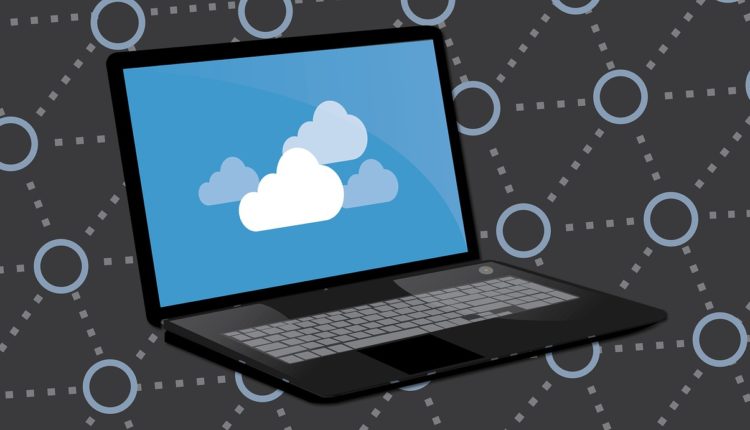The New Normal for Businesses: 6 Things You Need to Know
Recent developments have fundamentally transformed how we do business and forced us to take a closer look at our existing systems from top to button. This year, businesses operated centrally out of office buildings, whereas today, most employees work from their homes. Companies that didn’t make alternative work arrangements risk falling behind, and it’s essential to make the necessary adjustments to stay ahead of the curve.
Almost every business has adopted new technology in the face of the pandemic. But regardless of the industry you’re in, the tools and upgrades are mostly the same. Here are a few things you need to keep in mind to ensure that your business survives in the new world.
- Cloud-based software and storage
In the early weeks of the transition, one of the biggest problems organizations had to deal with was connecting hundreds or even thousands of employees working from their homes. It’s easy to host everyone when they all worked in one location, but the challenges are compounded when the system is decentralized.
Existing systems weren’t capable of meeting the needs of employees. Organizations need to invest in tools such as cloud-based software and computer cloud backup to minimize technical issues and pave the way to a new system that accommodates remote workers.
- Stronger security and monitoring
The security software you use is more important than ever. Remote work arrangements and rocky market conditions have put businesses under a lot of stress, putting them in a vulnerable position. A threat actor can take advantage of the chaos by infiltrating your systems and stealing your data. It’s important to invest in stronger security to prevent incidents that may compromise your stability.
Unfortunately, securing a decentralized system is also more difficult. Your employees are accessing your systems from their home networks, which aren’t very secure. Threat actors can then gain access to your secure network by exploiting vulnerabilities in your employee connections. Keep this in mind when retooling your security system.
- Don’t sacrifice quality for speed
Meeting project deliverable dates can be more challenging in a remote setup, and it’s easy to let quality fall by the wayside to keep things moving. Teams are expected to sustain their efficiency despite challenges thrown their way. However, you can’t expect to speed things up and still maintain the level of quality you’re accustomed to. That said, that doesn’t mean that speed and quality are mutually exclusive. Just be prepared to make the necessary investments.
- Update your tools
One of the best ways to prevent threat actors from capitalizing on a crisis is to ensure that you’re protected. Investing in software and hardware updates ensure that your systems are secure against emerging threats. Obsolete software and hardware may have vulnerabilities that threat actors can exploit. Threat actors never take a break, and you need to make sure that you can rely on your security systems to keep your assets safe.
- Cloud migration
Businesses that didn’t make the cloud transition before recent developments shut down most of the world are now struggling to keep up with their nimbler and more forward-thinking rivals. And even if you have a system for your remote workforce in place, it’s not a sustainable solution. Consider migrating key systems to the cloud to minimize the load on your hardware and ensure that your employees can work with minimal disruptions.
- Monitor your channels
Teleconferencing and collaboration tools have allowed businesses to remain productive and connected. People can give presentations, hold meetings, and share media from the comfort of their living rooms and home office. But that also exposes businesses to a higher level of risk. It’s important to monitor your communication channels to minimize potential issues.
The bottom line
These six tips ensure that your business will meet the demands of a post-pandemic world. The recent crisis has exposed glaring vulnerabilities in our systems, and it’s up to us to plug those holes.


Comments are closed.